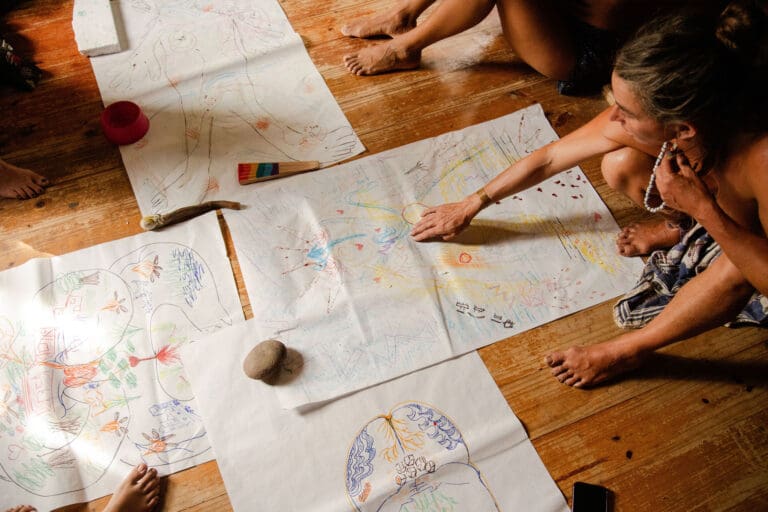In a world where birthdays are typically reserved for people, this October marks a special milestone for something even more extraordinary – Eaglenest Wildlife Sanctuary, a biodiversity haven in the West Kameng district of western Arunachal Pradesh. Today, we’re not here to celebrate biodiversity per se; rather, we want to honour the incredible human connections that have been forged, specifically around this protected area.
Eaglenest Wildlife Sanctuary, covering 217 square kilometers, is part of the Kameng Protected Area Complex, an extensive 3,500 square kilometers of mostly contiguous forests, including the protected areas of Pakke, Sessa, and Nameri. Interestingly, this sanctuary wasn’t named after the birds it houses but rather after a regiment of the army that used this area in the 1950s.
The sanctuary gained fame in 2006 with the discovery of the Bugun Liocichla (Liocichla bugunorum). This marked the first new bird species described in India since its independence, heralding a series of remarkable discoveries. Scientists later stumbled upon the Bompu Litter Frog (Leptobrachium bompu), a previously unknown frog species, the Darjeeling False Wolf Snake (Dinodon gammiei), a snake that had been missing for 80 years, and Ludlow’s Bhutan Glory (Bhutanitis ludlowi), a butterfly making its first appearance in India.
And as Eaglenest Sanctuary celebrates its birthday, having been established on 18th October 1989, we found a new chapter in its story with the upcoming celebration of the 10th Nature and Wildlife Education Camp during Wildlife Week from October 2nd to 8th, 2023, which I will be exploring in parts.
This decade-long journey began as a humble dream, where a group of dedicated individuals pooled their resources and talents to create something special. The former DFO Millo Tasser, Nima Tsering Monpa, and Indi Glow transformed the campsite into a functional hub, complete with toilets, tents, screening room and solar lamps. Some of us, including Chandini and myself, worked on educational materials and created a workbook that is used in different parts of Arunachal.

Umesh Srinivasan and Rohan Pandit spearheaded the bird teams and filled in for whatever sessions were needed at that time. Affectionately known as “Handsome Tashi,” he showcased Arunachal’s Got Talent in his unique way, while Satem whipped up culinary wonders while leading camera trapping efforts. Sotu Narah took charge of the Nature Interpretation Centre, and Anthony contributed a film that captured the essence of the camp. The call went out, “Can you please help with the camps?” and Soujanyaa, Rohan, Sangeetha, Shilpa, Anjora, Julee, Sumita, Gerry, Monish, Pradyut, Ram, Shantanu, Anuja, Nam, and with sincere apologies to the ones I am missing, came and became family to both humans and more-than-humans.
Today, DFO Tabom Soki and Range Forest Officer Yachang Kani carry on these efforts with the same care and love, always eager to innovate. Nima endures with his logistics, saying, ‘ye samaj ke liye hai’ (this is for society). We all work with a team of students, and Tarun, Anisha, Kaling, Akshay, Pranav from Umesh’s lab at the Centre for Ecological Sciences served as the point person, helping us form a small group under the Canopy Collective banner that seeks to enable work like this. Tashi, whose passion for the nature camp runs deep, states that it’s in his blood. Together, we have finally found a way to keep the camp going, growing, and evolving.
As we celebrate the camp’s 10th anniversary, it represents more than just a decade of education and conservation; it symbolizes the power of human connections. With a new batch of Green Hub fellows, they will work on another film and the Singchung Bugun Village Community Reserve staff are already pros at discussing human-snake interactions.





